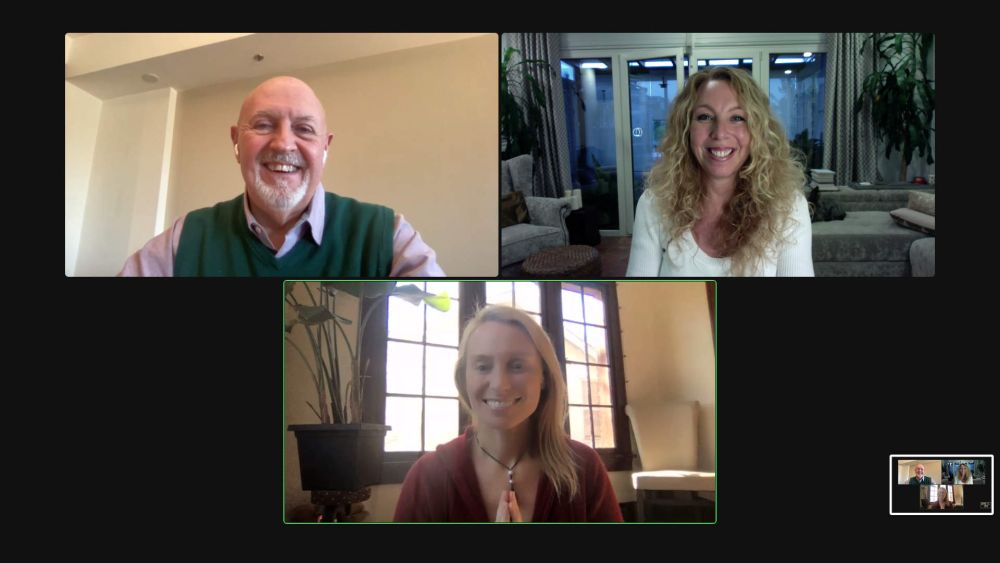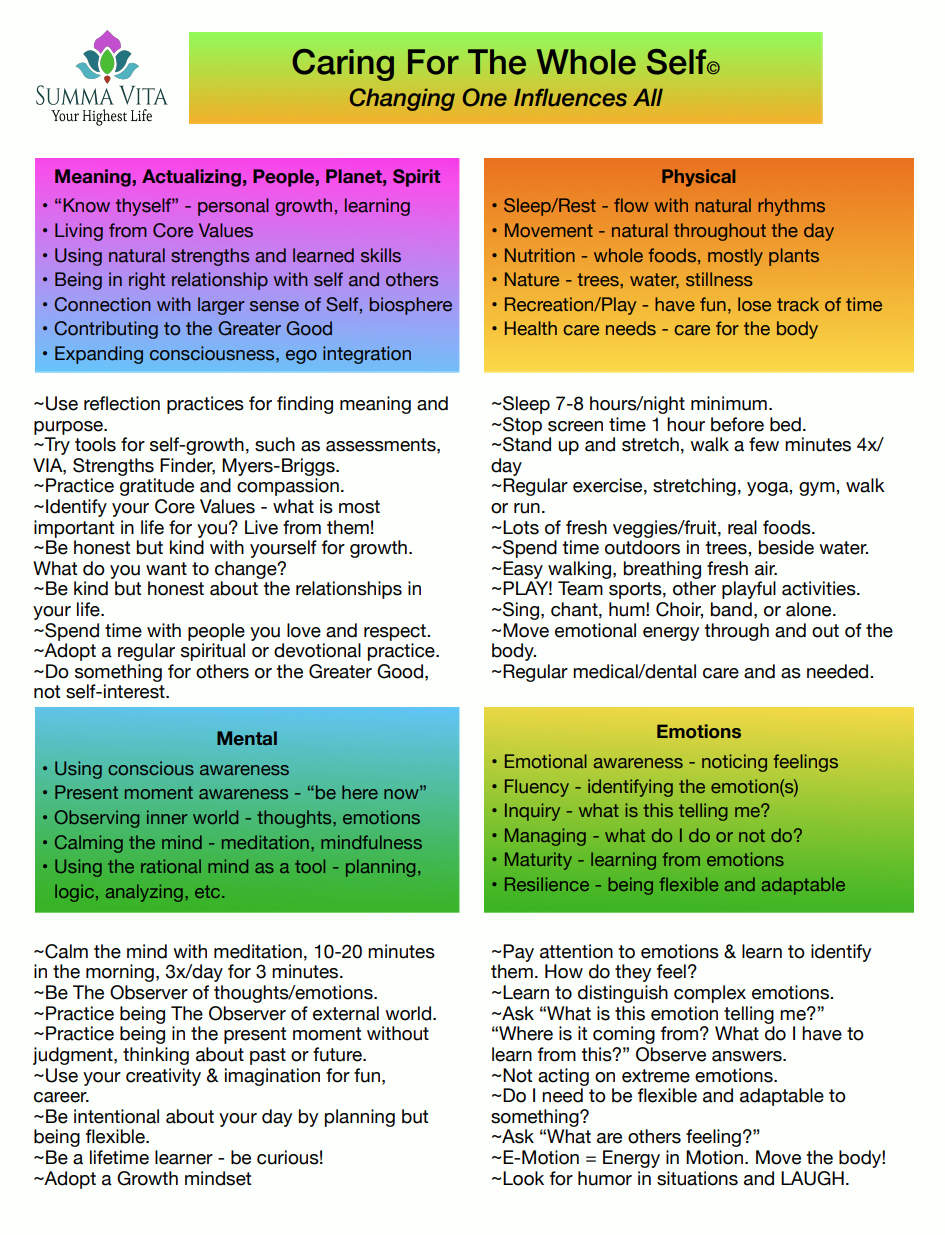
Vicarious Trauma: When Another’s Pain Becomes Our Own
In January 2022 I attended the Institute of Well-being in Law (USA) First Annual weekend conference (online due to Covid19) where I first met Judge Steve Hornsby, JD, CLC and Family Lawyer Cindy Pensoneau, JD, YTT. I was struck by their powerful joint presentation on a subject close to my heart: vicarious trauma/ secondary trauma and other detrimental impacts on the mental health of those practising in the legal profession.
At a zoom meet post the conference, I humbly asked Judge Steve and Cindy whether they would please consider contributing a piece for Amber Law clients and the law students, lawyers and other Amber Law website users, to raise awareness about this very real type of trauma that affects so many in the legal profession across the globe who work with clients who have suffered trauma themselves as a consequence of the event that led to the legal issue they seek representation for. I was truly delighted when both kindly and generously agreed. Judge Steve and Cindy explain…
Vicarious trauma (also called secondary trauma), or “VT”, is a serious condition that can impact anyone who works with people who have experienced trauma. The traumatic event can be the result of a wide range of experiences: abuse, car or work-related accidents, natural disasters, death of a loved one, divorce, crime, and violence of all types.
Generally, whenever people experience an event that induced a state of fear, helplessness, and possibly horror, it can be a traumatic experience. All of the helping professions - including lawyers - who are regularly engaged with hearing people tell their stories of traumatic experiences, reading narratives of tragic or violent events, and working with trauma survivors, are at risk.
Research on the effect of vicarious trauma began in the early 1990’s when some counselors and therapists began to recognize that something detrimental seemed to be happening to some members of their profession. The research is now into its third decade and is quite clear that those who experience regular exposure to other people’s trauma can begin to experience a type of trauma themselves. VT is now recognized as a possible contributing factor to post-traumatic stress disorder (PTSD).
There is some debate among clinical researchers about why secondary exposure to another’s suffering affects some of us. A common theory is that “mirror neurons” in our brain are triggered when we see or experience another person in pain, want, or need. Feelings of empathy, compassion, and a desire to help are natural responses that are often more intuitive than rational, and help serve our collective need for survival. It is not known why some people are more resilient to the effects than are others, and there is sometimes a tendency to be dismissive of those who are more seriously impacted by VT.

What is not in debate is that the effects of VT are quite real and can have a serious, even debilitating impact. VT has an adverse impact on one’s physical, emotional, mental and spiritual well-being. It often results in impaired empathy and compassion, increased frustration, irritability, anxiety, chronic stress, disengagement from work, isolation, and self-medicating behaviors. It can lead to chronic anxiety, depression, numerous other physical and behavioral health problems, addiction, PTSD, burnout, and suicide. It is to be taken seriously, indeed.
In the legal world, VT can occur in a variety of settings, especially in high-conflict litigation where people have suffered traumatic experiences, including but not limited to family law, domestic violence, victim services, prosecutors, criminal defense, immigration law, personal injury law, disability law, and other areas. Lawyers, paralegals, office support teams, judges and judicial officers, court staff, investigators and anyone regularly working with people in the legal system who have experienced trauma can be impacted.
Fortunately, many of the negative effects of VT can be prevented and mitigated. Once practitioners are made aware of VT and its symptoms, some simple but powerful tools and strategies can be used for successful self-care. Individuals, teams, and firms who encounter others’ trauma can be proactive in adopting regular practices to skillfully care for themselves and model the same for their team members.
Some time-honored strategies and technologies for building resilience are shown on the attached “Caring for One’s Self”. We recommend consulting with a therapist, life coach or wise friend to maintain reserves of connection and hope, thereby mitigating the effects of vicarious trauma”.
Judge Steve Hornsby, JD, CLC and Cindy Pensoneau, JD, YTT lead workshops on vicarious trauma, well-being and provide coaching and other services devoted to helping busy professionals lead happy, thriving lives: you can check their upcoming events at https://summavita.com
Latest Blog Posts
- From Harmful to Holistic in Law Practice
- Guest Speaker at the 2nd UK Therapeutic Jurisprudence and Health Law Conference at Manchester University
- Justice as Peace
- Lawyers as Healers- Injustices as Breaches in Our Human Community
- A Non-Profit, Philanthropic Law Firm!
- How are Spirituality, Law, and Politics Linked?
- Why & How Cases Are Linked To Intergenerational Trauma
- Peace and Pain In The Justice System
- From Despair to Peace in Amber’s Holistic Process - Jeff's Story
- From Anger to Justice as Peace
- Audacious Visions Of A Better Future For Lawyer Well-being
- Why and How Children Harm Themselves
- How Your Level of Self Care is Linked to Why Your Child May Refuse Contact
- 10 Ways Separating Parents May Unconsciously Emotionally Harm Their Children
- What Children See in Childhood, The Inner Child in Their Adulthood Repeats An Awakening About Domestic Violence
